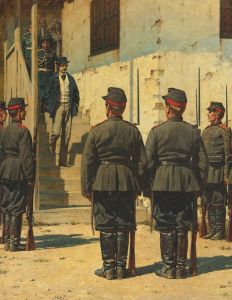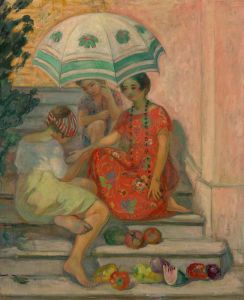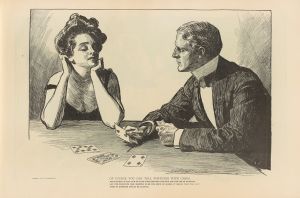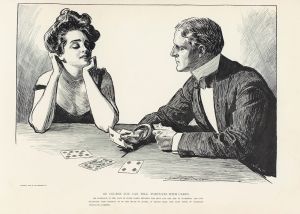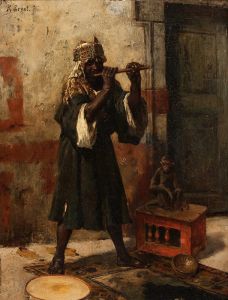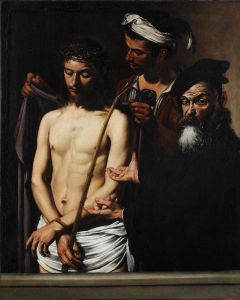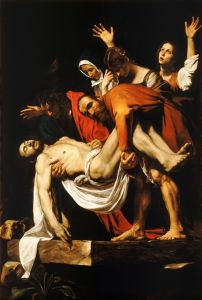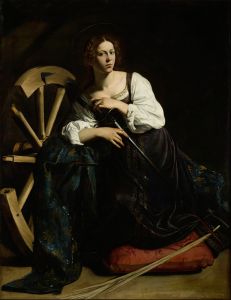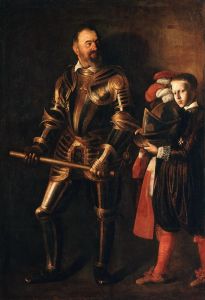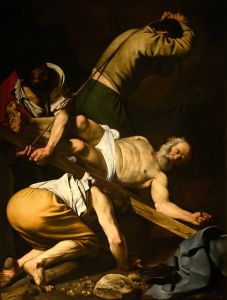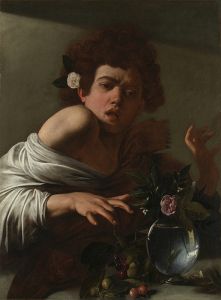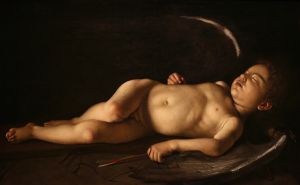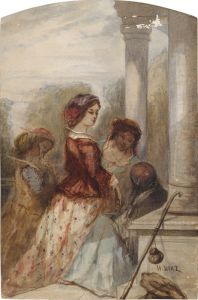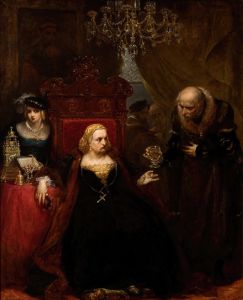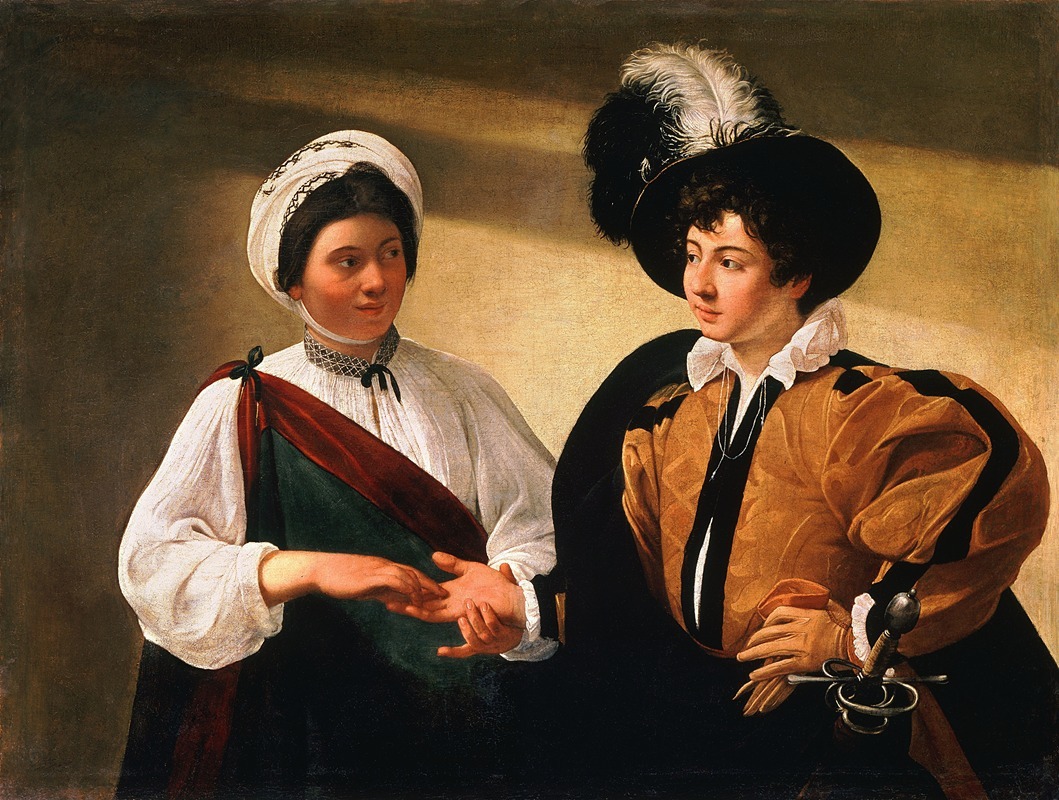
The Fortune Teller
A hand-painted replica of Caravaggio’s masterpiece The Fortune Teller, meticulously crafted by professional artists to capture the true essence of the original. Each piece is created with museum-quality canvas and rare mineral pigments, carefully painted by experienced artists with delicate brushstrokes and rich, layered colors to perfectly recreate the texture of the original artwork. Unlike machine-printed reproductions, this hand-painted version brings the painting to life, infused with the artist’s emotions and skill in every stroke. Whether for personal collection or home decoration, it instantly elevates the artistic atmosphere of any space.
"The Fortune Teller" is a painting by the Italian Baroque master Michelangelo Merisi da Caravaggio, created around 1594. This work is one of Caravaggio's early pieces and is notable for its realistic depiction of a genre scene, a departure from the more traditional religious themes that dominated the art of the time.
The painting portrays a young man, often interpreted as a naive and wealthy youth, having his palm read by a gypsy fortune teller. The scene is set against a plain, dark background, which serves to highlight the figures and their interaction. The young man is dressed in fine, fashionable clothing, indicative of his social status, while the fortune teller is depicted in simpler, more modest attire. This contrast in their appearances underscores the tension and the narrative of the scene.
Caravaggio's use of chiaroscuro, the dramatic contrast between light and dark, is evident in this work. The light falls directly on the faces and hands of the two figures, drawing attention to their expressions and the subtle gestures that convey the story. The young man gazes intently at the fortune teller, seemingly unaware that she is slipping a ring from his finger as she reads his palm. This moment captures a sense of deception and the theme of innocence being taken advantage of, which was a common subject in genre paintings of the period.
"The Fortune Teller" is significant not only for its subject matter but also for its execution. Caravaggio's meticulous attention to detail and his ability to capture the textures of fabric, skin, and hair contribute to the lifelike quality of the painting. The naturalism and the psychological depth of the characters are hallmarks of Caravaggio's style and mark a departure from the idealized figures of the Renaissance.
This painting exists in two versions. The first version, believed to be the original, is housed in the Capitoline Museums in Rome. The second version, which is slightly larger and shows some variations in the details, is part of the collection at the Louvre Museum in Paris. The existence of two versions has led to some debate among art historians regarding their chronology and the extent of Caravaggio's involvement in each.
"The Fortune Teller" was well-received in Caravaggio's time and contributed to his growing reputation as an innovative and talented artist. It exemplifies his ability to infuse everyday scenes with a sense of drama and significance, a quality that would come to define much of his later work.
In summary, "The Fortune Teller" by Caravaggio is a masterful example of early Baroque art, showcasing the artist's skill in realism, use of light and shadow, and his ability to convey complex human interactions. The painting remains an important work in the study of Caravaggio's oeuvre and the development of genre painting in the late 16th century.





